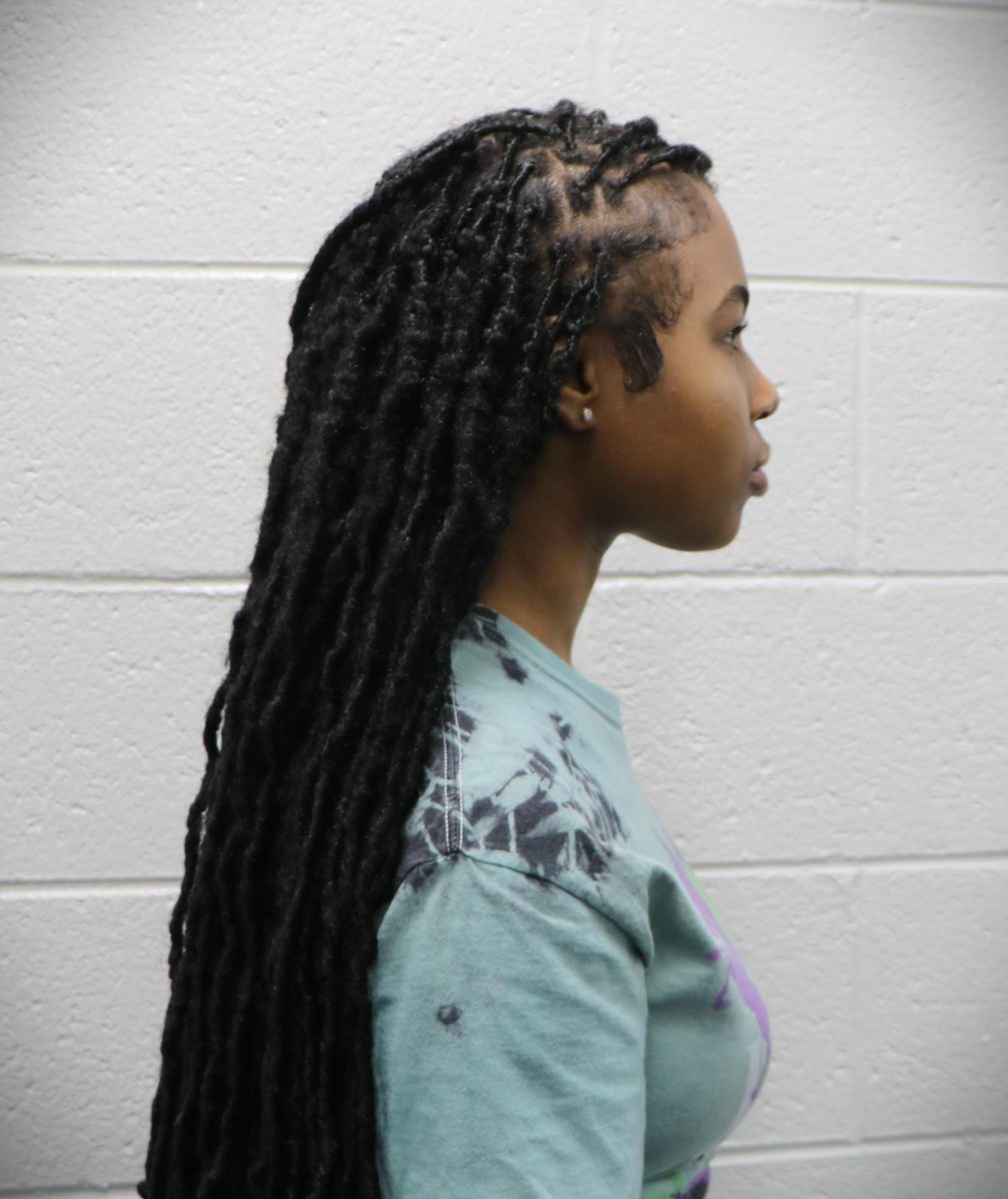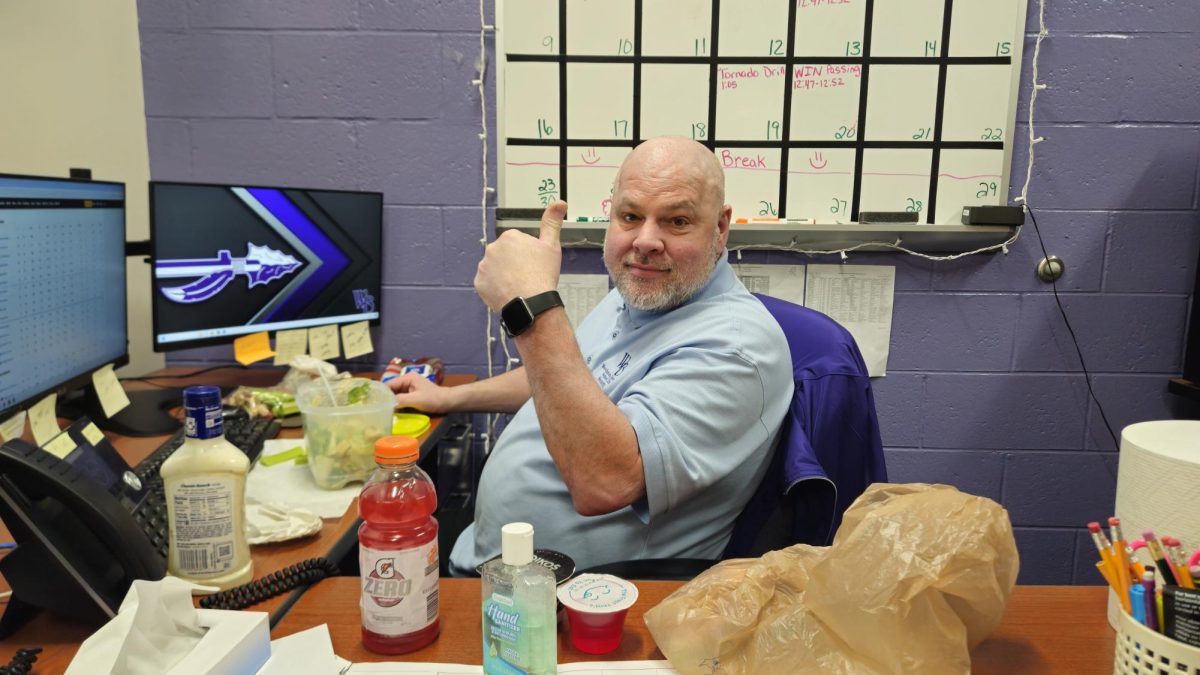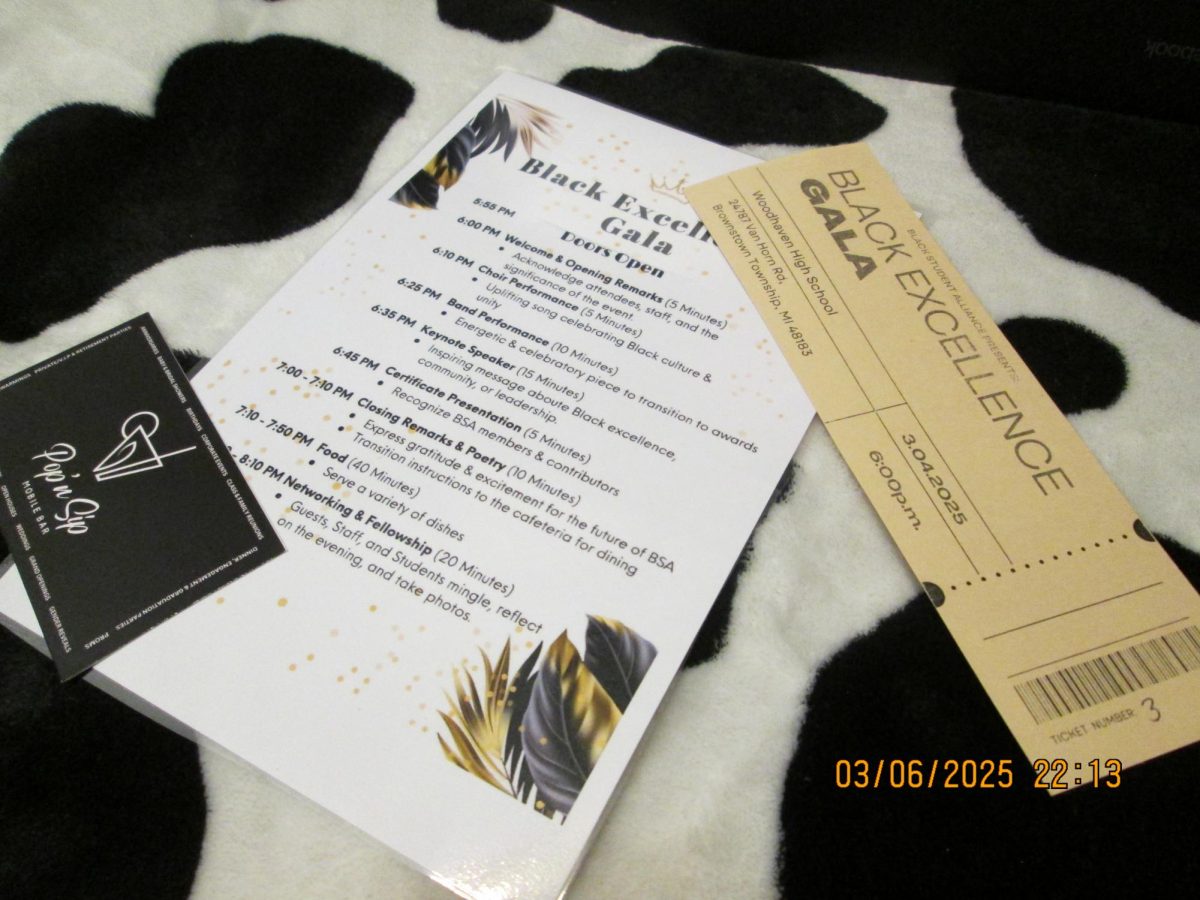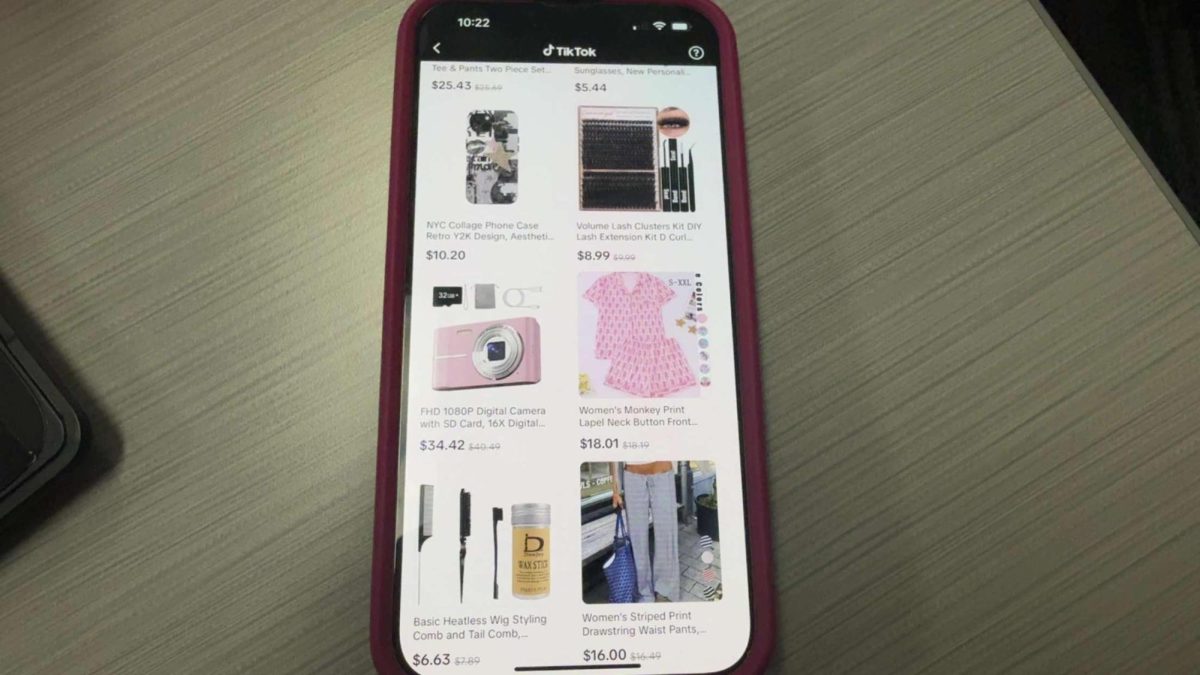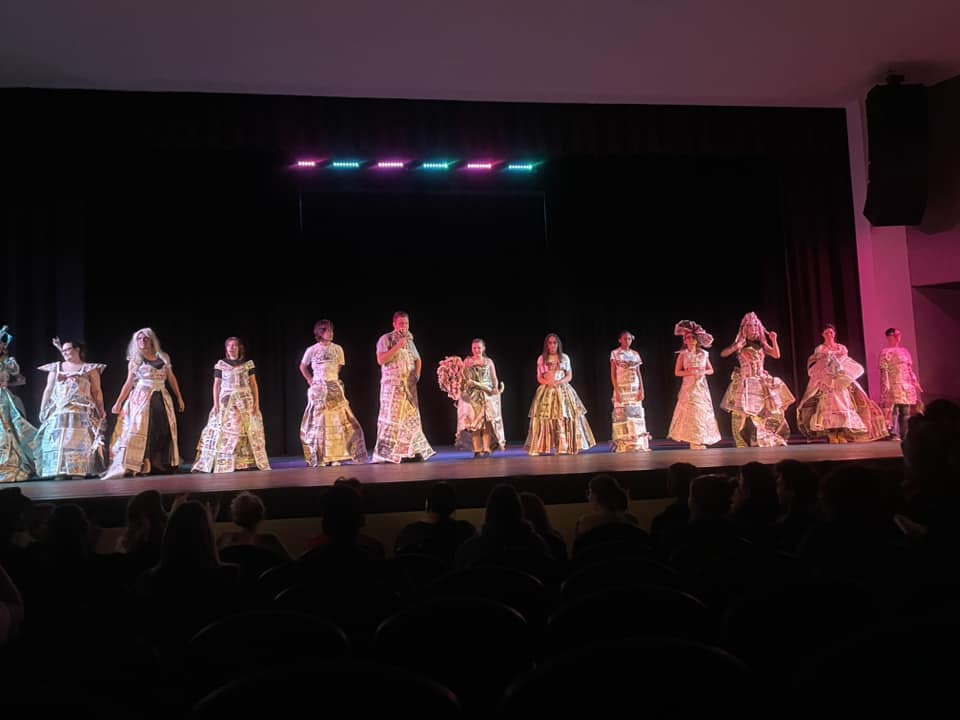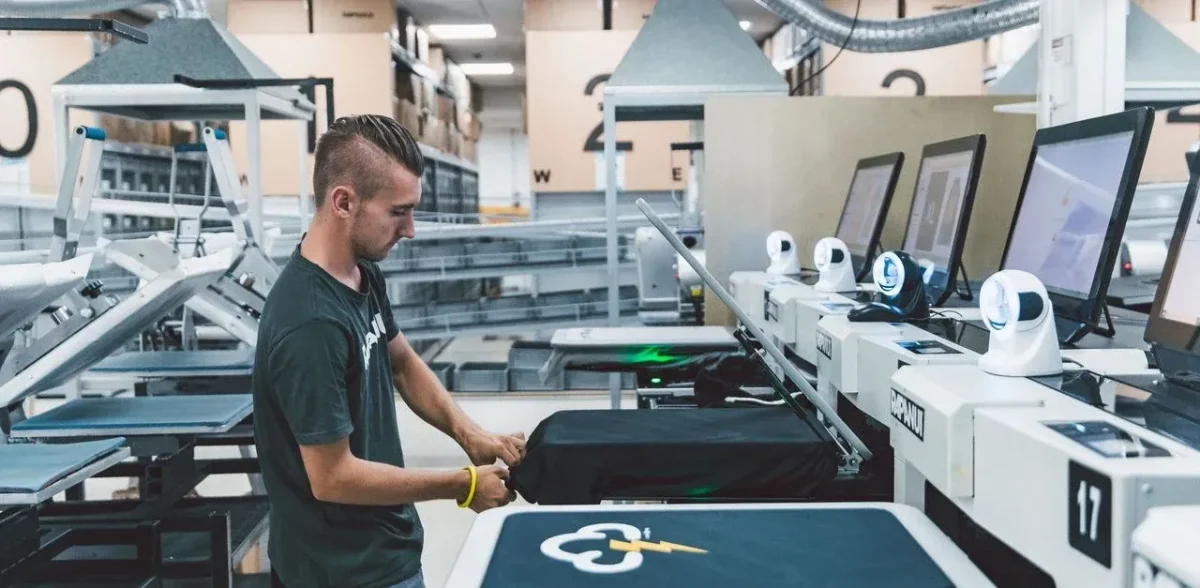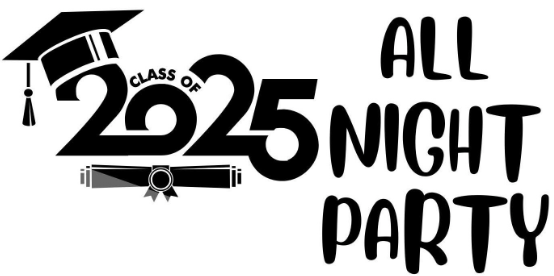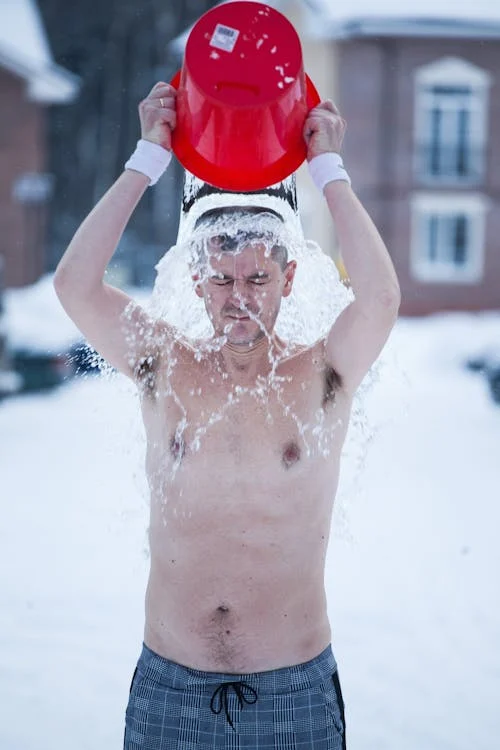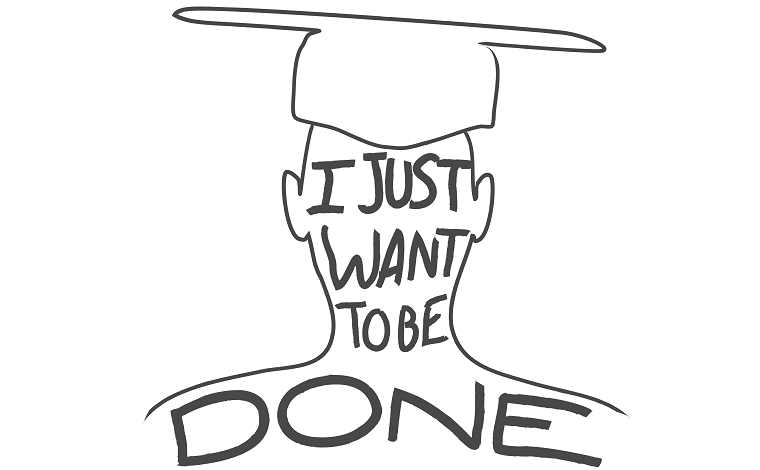Protective hairstyles can shield the hair, resembling a form of innate protection. A protective hairstyle is a hairstyle that keeps the hair tucked away for minimum manipulation.
They can include braids, twists, cornrows, and other styles that keep hair close to the scalp and out of the way.
Protective hairstyles hold significant cultural value in Africa, tracing back many centuries. These hairstyles, featuring intricate designs, symbolize strength and ingenuity within African tribes and communities.
In ancient times, braid patterns and hairstyles were indications of one’s wealth, marital status, ethnicity, age, & religion. These unique styles were a way to set tribes apart from each other and were an integral part of their language system.
Hair was also thought to be a source of personal and spiritual power. As the most elevated part of the body, some communities believed it connected them with the divine. In Yoruba culture, for example, people would braid their hair to send messages to the gods.
Kevin Malonga discusses his hair journey growing up in an African household. He talks about not being allowed to do certain things with his hair and later on gaining that freedom. Malonga says, “It’s been hard learning what products are best for my hair type and struggling to style it, but now that I am about 3 years into growing my hair I can say that it taught me to be patient.”
As one of the most common protective hairstyles to date, it is used to protect the hair from heat and damage, and also give your natural hair a break from everyday styling. Braids originated from African culture, in 3500 BC.
The benefits of protective hairstyles include reducing breakage, protecting roots, reducing split ends, and allowing for new hair growth to thrive. Malonga explains, “Protective hairstyles not only protect your hair but encourage creativity and individuality. It is very empowering.”
Recently in March 2022, the Crown Act was passed to protect people from race-based hair discrimination. Even with this act, many have still been treated poorly because of protective hairstyles.
In more ways than one protective hairstyles provide a sense of self. Ariana Dawson says, “Protective hairstyles are important to me because growing up wearing them all the time helped me with feeling comfortable in my skin.”
